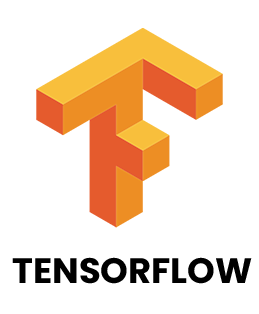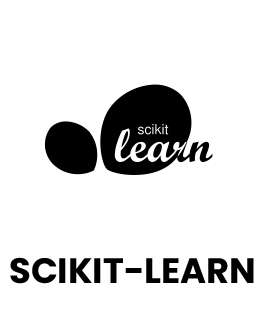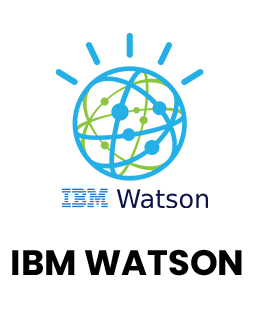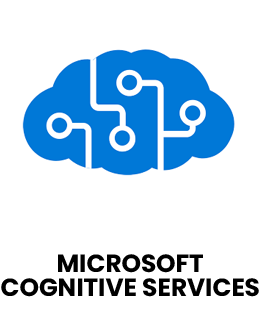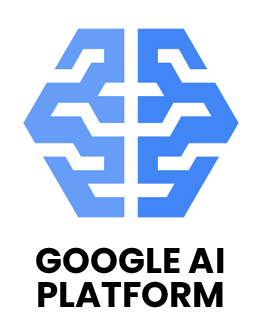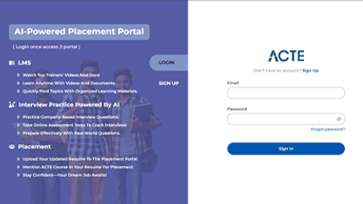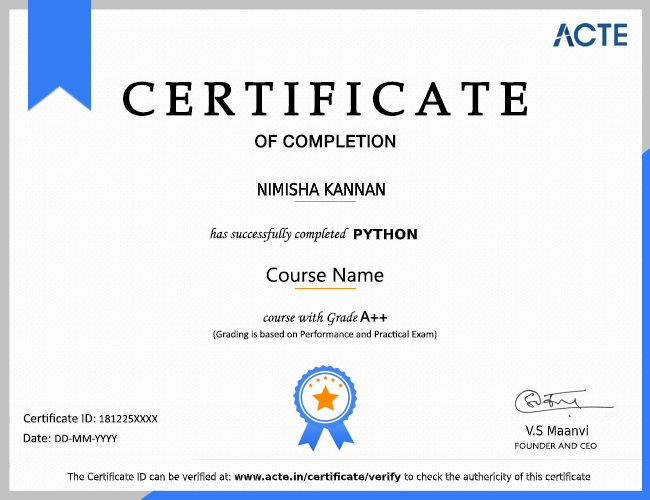About Artificial Intelligence Masters Program Training Course
We would do whatever it takes to make this a definitive Artificial Intelligence Masters Program course. This would be your unique destination to learn Artificial Intelligence Masters Program.
Learning Artificial Intelligence Masters Program can help open up many opportunities for your career. It is a great skill-set to have as many roles in the job market requires proficiency in AI Masters. Mastering Artificial Intelligence Masters Program can help you get started with your career in IT Companies like Paypal, Capgemini, Accenture, Mphasis, CTS and MindLabs, etc, are all hiring Intelligence Designer.
This course will not only cover the core issues but will also cover many more advanced topics. This course is going to be one of the most comprehensive courses on ACTE. AI Concepts, Data Science with Python, Machine Learning, Deep Learning with Keras and TensorFlow, Advanced Deep Learning and Computer Vision; THERE IS NO PROBLEM. Everything is covered.
Artificial Intelligence has opportunities with high pay, a growing number of intriguing sub-fields, and the ability to work with life-changing technology daily. Specific jobs that use AI are software engineers, data analysts, and roboticists.
Artificial intelligence is impacting the long run of nearly every business. It acted because the driver of rising technologies like huge information, robotics, and IoT, and it'll continue as a technological originator for the predictable future.
AI technology permits the capability of understanding, reasoning, planning, communication, and perception – to be undertaken by software systems more and more effectively, expeditiously, and at low prices. Applications of AIpowered laptop vision are going to be significantly vital within the transport sector.
We are happy and proud to say that we have strong relationship with over 700+ small, mid-sized and MNCs. Many of these companies have openings for developer. Moreover, we have a very active placement cell that provides 100% placement assistance to our students. The cell also contributes by training students in mock interviews and discussions even after the course completion.
AI works by combining giant amounts of knowledge with quick, repetitive processes and intelligent algorithms, permitting the software package to be told mechanically from patterns or options within the knowledge.
- Concepts of AI/li>
- Data Science with Python
- Machine Learning Concepts
- Natural Language Processing (NLP)
- Deep Learning with Keras and TensorFlow
- Advanced Deep Learning and Computer Vision.
Artificial Intelligence certified Intelligence Designer should know at least know the basics of programming languages like Python etc. Knowledge of various technology like AI Algorithms, Machine Learning, etc.
Our courseware is designed to give a hands-on approach to the students in Artificial Intelligence Masters Program. The course is made up of theoretical classes that teach the basics of each module followed by high-intensity practical sessions reflecting the current challenges and needs of the industry that will demand the students’ time and commitment.
Anyone from computer or Engineering background holder can start to learn the AI Master Program. Artificial Intelligence necessity for information of a programming (computer) language like Python then etc. Being a Freshers in AI is not about familiarity; it's about an intuitive and deep understanding all the technologies related to AI practices and paradigms.
Three-Four months is long enough to learn a considerable amount of Artificial Intelligence Masters Program. If you are already able to fluently program in another language, then 2 months would be a generous amount of time to learn enough Artificial Intelligence Masters Program to meaningfully contribute in a professional capacity.
- The Demand for Artificial Intelligence Masters Program is high.
- The average salary of Freshers Masters developers in India is around 8 LPA.
- Creative Flexibility.
- You know about multiple aspects of development.
- Better Productivity.
Show More






